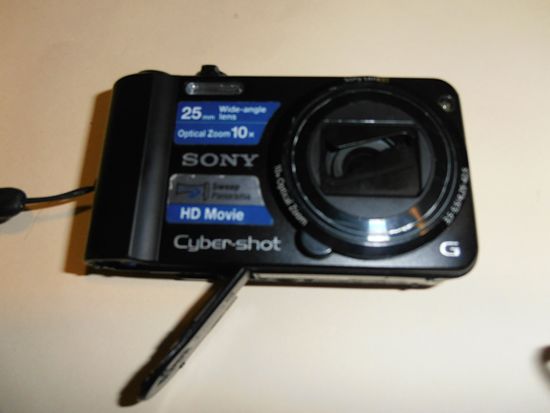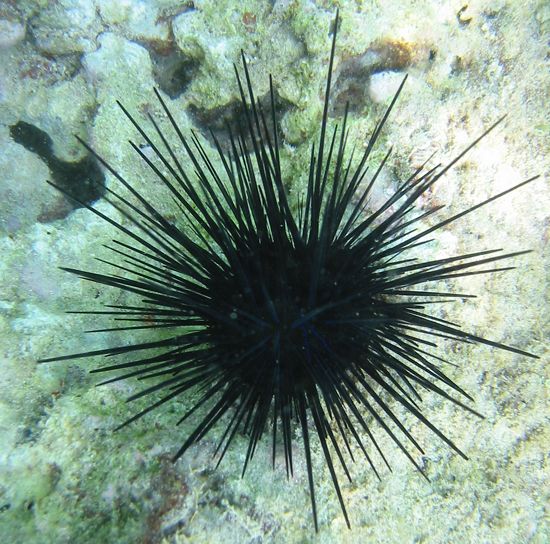The Day I Killed Camera #4

Peregrina's Journey
Peter and Margie Benziger
Wed 9 May 2012 08:46
06:32.3N
9:10.7E


THE DAY I KILLED CAMERA #4 By Peter
This day began with a spectacular sunrise. The previous evening, we had arrived at Koh
Rawl, an island in the Butang Group, in southern Thailand. The Butang Group, consisting of three islands
and a wide expanse of surrounding reef, is considered a national park here in
Thailand and an environmentally protected area.
Since there is a heavy fine for anchoring on, or damaging, the reef in
any way, we anchored Peregrina far offshore in 65 feet of water. We were a long, long way from the beach. As we set out for shore in the dinghy, I had
no idea that this might be the “last gasp” for Camera #4 – a Sony Cybershot.

Now before I go any further, it is important that you fully
understand that I was in NO WAY responsible for the death of the first three
cameras.
Camera #1, a Panasonic, died in the Tuamotus in the Pacific
Ocean. The Tuamotus were, for many years, known to mariners as “the dangerous
isles.” They are very low islands,
mostly atolls, meaning they are just the rocky tops of underwater volcanoes
sticking up through the surface of the water and they are a navigational
nightmare. But, once safely inside the
lagoons, formed by the surrounding atolls, the water is absolutely crystal
clear…more transparent than any water I had ever experienced before. So, it was quite natural that, when I went
ashore with the dingy and jumped out into water, I thought it was about a foot
deep. I was very surprised to find the
water almost four feet deep! Just deep enough to submerge Camera #1, which
was in my pocket but, certainly, not my fault!
Camera #2 perished in Vanautu, the last major Pacific island
before reaching Australia. Here, our dinghy approach was a little more
complicated due to the constant surf pounding the beach but no big deal.
Getting ashore is just a question of motoring straight, waiting until a wave
lifts the stern, pulling the engine out of the water and then surfing onto the
beach.
Leaving shore requires me to hold the dinghy into the waves while
Margie climbs aboard and then, providing a running push, jumping up on the dinghy’s
stern and starting the engine. On this
fateful day, a sizable wave lifted the bow just as I was about to jump aboard
and the dingy went sideways. I stayed in
the water to try to keep the dingy from capsizing and was pushed
underwater….with the camera in my pocket.
Obviously, it was my chivalrous action to protect Margie which caused
Panasonic Camera #2 ‘s death.
Old dogs CAN learn new tricks so, when I purchased Camera #3,
a Canon, I wisely bought an “underwater” camera. From that point on, minor mishaps with the
dingy were humorous and the camera always surfaced in great shape. So, how did Camera #3 die? Well, I had been blameless in the death of Cameras
#1 and #2 and I must admit that the death of Camera #3 was Chris Oppenheimer’s
fault – not mine. Chris is a good friend
who joined us to sail part of the Great Barrier Reef off Australia. He loves
diving and we have dive tanks on board Peregrina. During one of his dives, he
dropped his underwater camera and never found it. So, on the next dive, I took my underwater
camera and followed, taking pictures of him so that he would remember his trip.
Well, Chris descended a coral wall and I followed, happily snapping photos. At
about 65 feet (20 meters) my camera started malfunctioning. When I got back to the boat, I noticed that
the fine print in the camera’s manual said “good to 5 meters of depth.” Now, even though it was on the very first
page of the manual, it was still very “fine print” as far as I’m concerned and
REAL GUYS don’t read manuals anyways. So I’ll
continue to blame Chris for Camera #3’s demise.
Now back to Camera #4, the Sony Cybershot, and Ko Rawl in
Thailand…
On this lovely day, we decided to go ashore to visit the
Ranger Station and hike to a waterfall indicated in the guidebook. Camera #4
was safely tucked into it’s new waterproof pouch. As we approached the island, we saw three
dogs; a mother and two young pups come bounding up to our landing spot and
actually jump into the water and swim to meet us. They were to be our constant
companions for the next four hours ashore.
We hiked, with the dogs as our guides, alongside a stream
for about an hour and a quarter up the mountain to the waterfall. At the top of
the waterfall, there was a pool of water just before the flow cascaded over the
edge. Margie lay down to cool off and I
climbed up about 30 feet to take a picture of her. My last comment was, “This rock looks pretty
slippery.” At that moment, my feet went
out from under me and I started sliding down 30 feet towards the pool, holding
Camera #4 above my head to keep it dry.
(Did I mention that the Sony Cybershot is NOT an underwater
camera?) I bounced off a bolder near the end and then
fell into the pool … which, unfortunately, turned out to be a few inches deeper
than I could hold up the camera! So,
there you go…once again the forces of nature were against me and, despite my
most valiant effort it looked like Camera #4 was a goner. But, no!
When I tried to turn it on, the shutter opened and there was still some
hope!!!
Well, the excitement did not end there! When we got down to the beach, we found the
dinghy high and dry with about 300 feet of sand and coral between us and the
water and the tide was still going out!
No problem for the dynamic duo from Peregrina! We had brought our snorkel gear so this was
the perfect opportunity to take a look at the national park under the sea! Leaving the camera on top of the waterproof
pouch, in the dinghy, with the back open to dry out, we waded out until we had
about two feet of water and started snorkeling towards deeper water.
It was spectacular as we negotiated past all the black sea urchins, with
their spiny stingers, blocking our path in the shallow water. We swam around and over them with as little as
one inch separating our chest from the tips of the stingers. Margie’s chest was more a problem than mine,
frankly, and she had numerous close encounters with those evil little buggers!

Once in deep water, we snorkeled the reef wall for about an
hour as the tide continued to drop. Margie announced in no uncertain terms that
she preferred to swim the last quarter mile out to where Peregrina was anchored rather than going back over sea urchins
and, since the current was slack at this point, we reached Peregrina after a long but safe swim. Shortly, afterwards it started to rain and
then it started to pour.
Oh, Oh! Remember
camera #4, drying out in the dinghy? Well, about this time we figured that things were not looking good for camera #4 supposedly recuperating from the waterfall swim.
But, we still had to go and retrieve our dinghy with the camera inside. Even though the tide had just started to rise it was clear that the dinghy
would still be beached for at least 2 more hours. The complication was that
sunset was coming and, as the tide began to rise, the current alongside the
boat increased. Darkness and a fast
moving current did not make for ideal swimming conditions.
Luckily, the rain stopped.
I waited until just before sunset and began the quarter
mile swim to a point of land that was not in the direct path of the out-flowing
current. You’ll notice the “I” here as
opposed to the “we” in terms of who was swimming at this point. As twilight fell, I found myself all alone picking
my way among the sea urchins for about a hundred yards before reaching shore
while my lovely wife was enjoying reading a boo in the cockpit of Peregrina. In the diminishing light and
without my glasses for good vision, I walked about another quarter mile to the
dinghy which was still high and dry. As I waited for the tide to come in enough to float the dingy and as
darkness fell, I used the time to play with the dogs and try to make peace with
the mosquitoes who apparently considered the beach their property.
At about 8pm that night, the dinghy was floating and camera
# 4, which was found floating face-down in the rainwater in the bottom of the dinghy, was beyond doubt...really dead.
I slowly rowed myself out to deeper water in total blackness, bumping into
coral boomies sticking out along the way.
I could not risk putting the motor down for almost an eighth of a mile
fearing that the propeller would hit a rock, break and the current would sweep
me out towards India. (Which
would serve Margie right, wouldn’t it?)
Finally there was sufficient depth and, with the motor
chugging faithfully away, I headed for the lights burning bright on Peregrina. Another heroic effort despite losing yet
another camera ....through no fault of my own…
Long Live Camera #5!!!!!!!
---------------------------------------------------
For other stories see